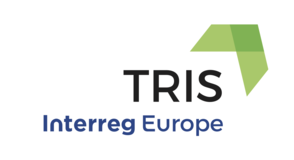Emilia-Romagna Region and ASTER are organising participation events to discuss with stakeholders, the proposed revised priorities, for the remaining period of the ERDF Programme 2014-2020.
The following subjects will be covered:-
May 16th: Energy and Sustainable Development Forum S3
May 17th: Mechanics and Mechatronics Forum S3
The discussion will start with a current update, in terms of projects and the positioning of each region within European networks. This will be followed by a presentation of priorities proposed by the Clust-ER, public-private partnerships between research laboratories, companies and training institutions proving their vision of the sector. ASTER within the TRIS project aims to contribute to the introduction of Industrial Symbiosis amongst the revised priorities, as a means to promote the uptake of IS practices at regional level.
During the Forum S3 event, participants will have the opportunity to share their opinions and views about the proposed priorities. The events will be in Italian and further details, maybe found here.

